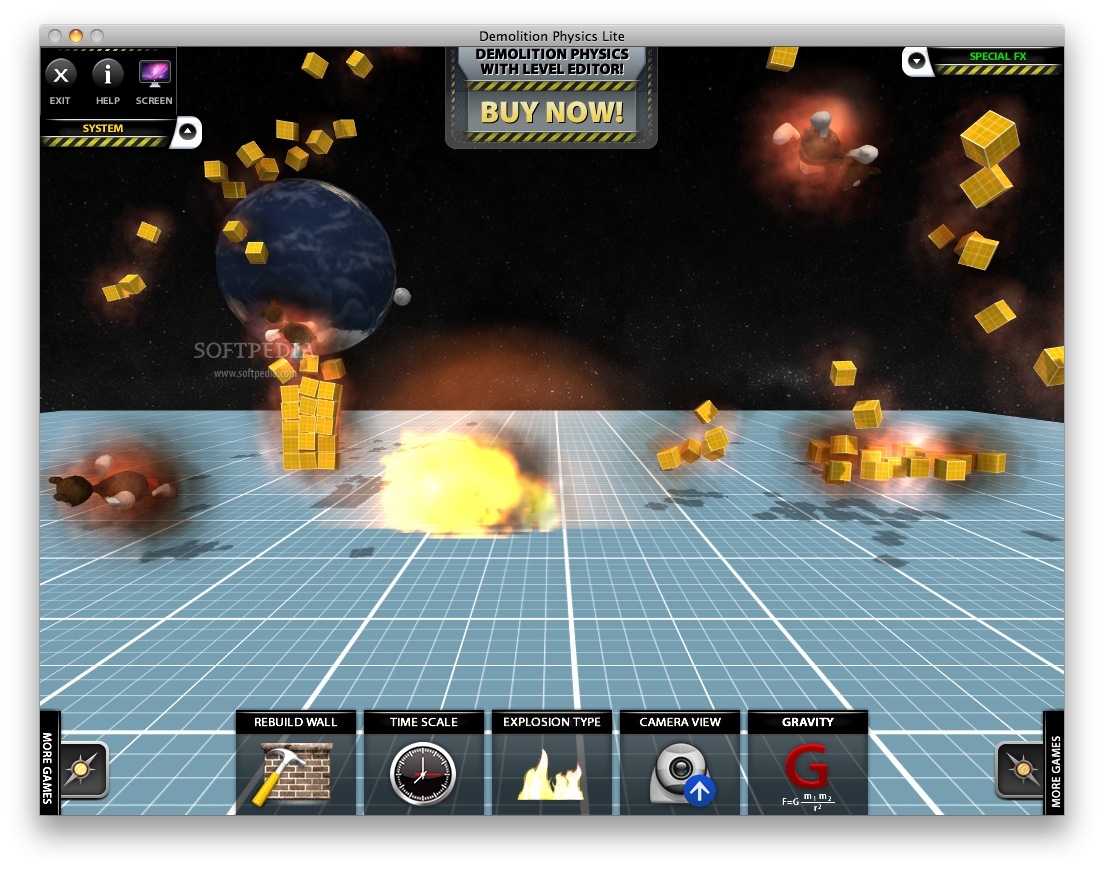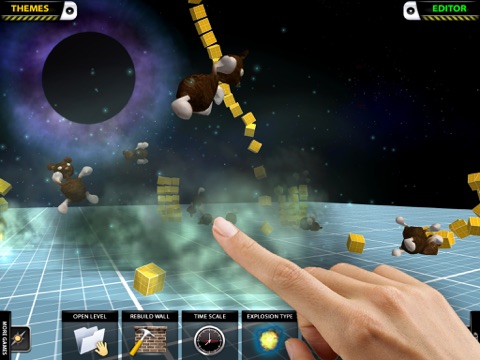
Obviously, the content of this article is the responsibility of the authors. However, given the timing and the importance of the issue, we consider that this feature is sufficiently technical and interesting to merit publication for our readers.

This feature is somewhat different from our usual purely scientific articles, in that it contains some speculation. EPN, which is run by the European Physics Agency and owned by EDP Sciences (a company unrelated to the the entity that owns the European Scientific Journal), even put a disclaimer at the beginning of the story stating that it was “somewhat different” from its “purely scientific articles” in that it includes “some” speculation:

Unfortunately, that truly scientific and impartial study is not this paper. Given the far-reaching implications, it is morally imperative that this hypothesis be the subject of a truly scientific and impartial investigation by responsible authorities. He evidence points overwhelmingly to the conclusion that all three buildings were destroyed by controlled demolition. The piece argued that the structural failure of the WTC buildings on 9/11 was not adequately explained by burning jet fuel, and that it was instead better explained by a controlled demolition: Abriss enters Early Access on Thursday (opens in a new tab).In their July-August 2016 issue, the science news magazine Europhysics News (EPN) published a feature by a group of scientists who have long been involved with the promotion of 9/11 conspiracy theories. Physics-based building destruction is almost always fun, but to Abriss, it didn’t always feel that bad. Cut off a floor at a time, or stick a bunch of lasers together with connector blocks to build a whirlwind path of destruction. Attach a rotator block and cleavage a squintling path before they’re done. Sandbox mode allows you to play with different structure and building configurations, adjust the speed of the physics and switch the gravity from one to the next.Įven if they don’t withstand fire, it’s just fine. It’s a lot better to see whether anything red and glowing on buildings detonate on impact, so even if you miss a bit with an effort there’s a lot of chances it will be destroyed anyway. It’s a simple click to clean up all levels of your work and learn new methods. In that version, you’ll be judged by the proportion of people left standing after the activate of the structure. Can rockets to rocket a heavy metal beam through four skyscrapers, completely shatter them, really be soothing? I wouldn’t have thought so, but it’s really relaxing to cobble together a few bits and then watch a few buildings that bumble in rubble. Kablooie.Īs buildings roll and tumble together, the damage is always real. There’s even a level where you can cobble some blocks together and let them drop their rocks on the ramp where a giant piston waited to propel them into the structure, and through. It’ll eventually add lasers that cut through concrete, bombs that detonate and take out supporting walls, and even a rocket thruster that sends a part of the structure through the air like a missile. You can then make a moving piece: a rotator to the base of your structure so that you can move it like a tall steel arm. After a single-phased octobers, use this to get everybody else down.Īt first you begin with small beams and giant cubes that can be stacked up and then toppled into the nearby building, and crushed down in the walls and floors like a collapsing crane. This time you don’t build a system of brutality, but you’ll create a standing structure of your own. The concept from Abriss, which starts this week with Steam Early Access, is a bit different.


It might not be surprising because it comes from Radiangames, founded by the lead tech artist of Red Faction Guerilla. If the structure does not match the two of them, you have to use it to destroy everything else in Abriss.


 0 kommentar(er)
0 kommentar(er)
